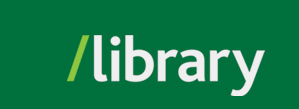Newspaper articles are invaluable when doing historical research. They help us understand the past by providing insight into the way people thought and acted at the time. The UFV library provides access to a few historical newspaper databases; this guide will give you information on using selected databases, including The Burney Newspapers Collection, Times Digital Archive, and Proquest Historical Newspapers: Globe and Mail.
Newspapers are not primary sources by default. Depending on the content, newspaper articles can be either primary or secondary sources; articles that contain reporting of current events are considered primary, while articles that provide analysis of events that happened in the past are considered secondary. If an article provides a description of a past event along with fresh analysis, it is still considered a secondary source.
Below are screen captures from Proquest Historical Newspapers: Globe and Mail
 |
 |
On the left is an article that is considered a primary source, where Terry Fox’s death is reported. This article was published the day after Terry Fox died, and tells readers how Canadians reacted to his passing.
The article on the right is a secondary source discussing the 20th anniversary of Terry Fox’s death, and reflecting on Fox’s contributions to cancer research. The article provides historical background by describing the Marathon of Hope that took place in 1980, but its main purpose is to analyze societal attitudes regarding cancer fundraising, not to provide first-hand information.
This section of the guide was inspired by the Hartness Library guide on Newspapers as Primary Sources. Find the link here:
© , University of the Fraser Valley, 33844 King Road, Abbotsford, B.C., Canada V2S 7M8

